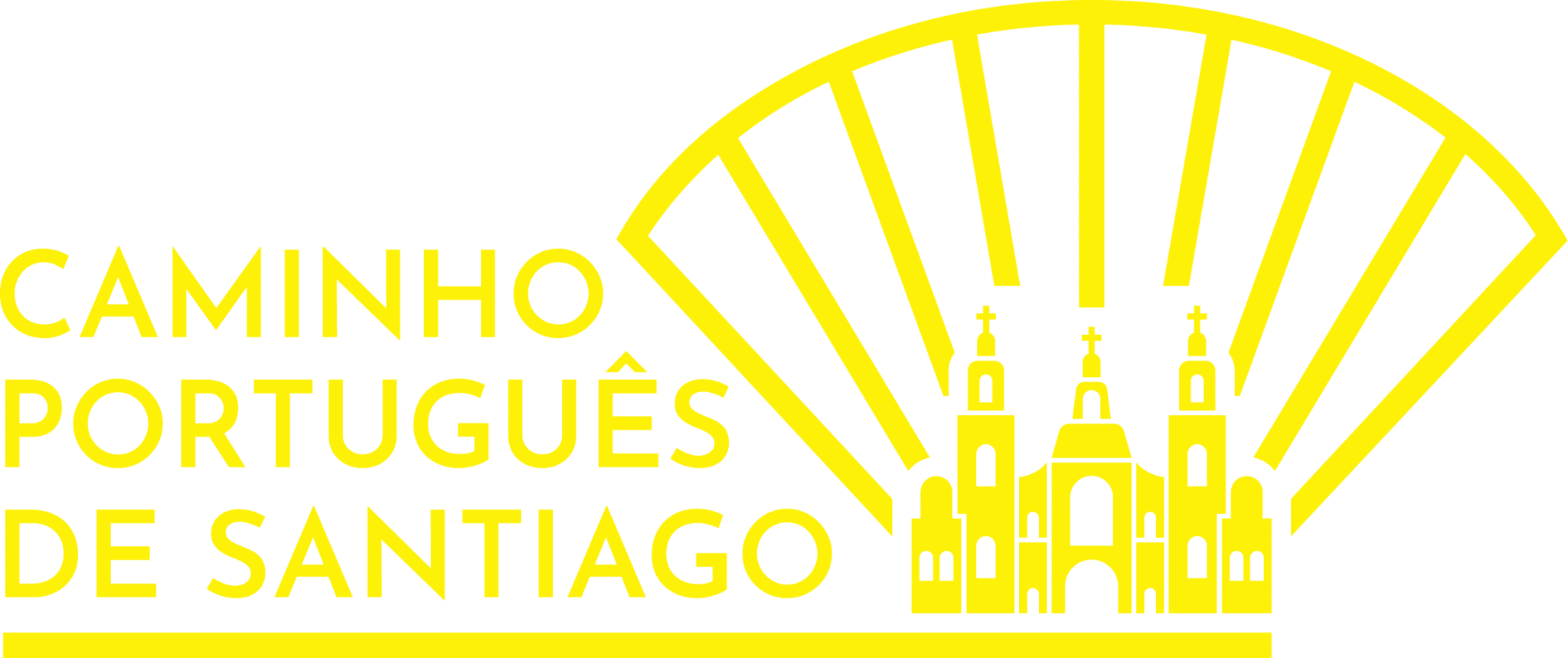

Subscribe to our Newsletter and receive the free Camino de Santiago Checklist to prepare you for the adventure of a lifetime!
The Rubiães - Tui stage starts on the side of the road. Despite this anti-climatic start, until you reach the border with Spain, the route will be on flat dirt, through small villages and past one of the nicest hostels on the way.
However, right after this little space of calm, we'll walk along the tarmac, as this road is strongly linked to the industries of northern Portugal and southern Galicia. At this point, as well as being careful on the road, we'll start to see more people and pilgrims, as many begin their Camino de Santiago here.
In Valença, it's worth stopping for a bite to eat before arriving in Tuí, as the route to the city center - and the area where the hostels are located - is not immediately after the border.
After crossing the international bridge, a favorite photo spot, we are still half an hour's walk from the center of Tuí. To keep us entertained, there are paintings and graffiti on the facades of buildings and streets in honor of the Camino de Santiago.
The exit from Rubiães is on the road. Eventually you'll see an arrow to the left and you'll be back on the country road. If you missed the opportunity the day before, take the opportunity to see the Church of São Pedro before continuing your journey.
It's the first town after Rubiães. You can enjoy breakfast in one of the local cafés. When you're ready to continue along the road, don't miss the place where the first arrow of the Camino de Santiago in Portugal was placed.
At the exit of the rural area, or at the entrance to the urban area, there is a drinking fountain next to the wall of a private house, for any pilgrim who feels thirsty or needs to refill their canteen. It's a small gesture that represents the kindness of the people towards those who make the journey.
Valença is a meeting point of paths. Many pilgrims start in Porto, but there is no fixed rule as to where the pilgrimage begins in Portugal. The route passes through the historic part of the city. Take the opportunity to observe the Spanish countryside and contemplate the road ahead. If you're hungry, or just curious, stop by the Mineiro café, one of the most iconic establishments on the route.
The journey from Valença to Tuí is short. You just have to cross the historic area and reach the international bridge. However, to enter the town is to be greeted by the spirit of the Camino de Santiago. In the center of town, next to the cathedral of Santa Maria de Tuí, there is a bench dedicated to pilgrims. Take a stroll through the alleyways to the hostel and don't miss the various graffiti and drawings that can be found all over the city referring to the Camino.
No. You cross by foot. The physical border is the bridge that connects the two countries and there are no police.
No. All languages can walk the Camino de Santiago. There may be some difficulties in understanding, but with the help of Google Translate everything can be solved. Or with "Portunhol".
You're halfway there! The signs should say 130 kilometers!
